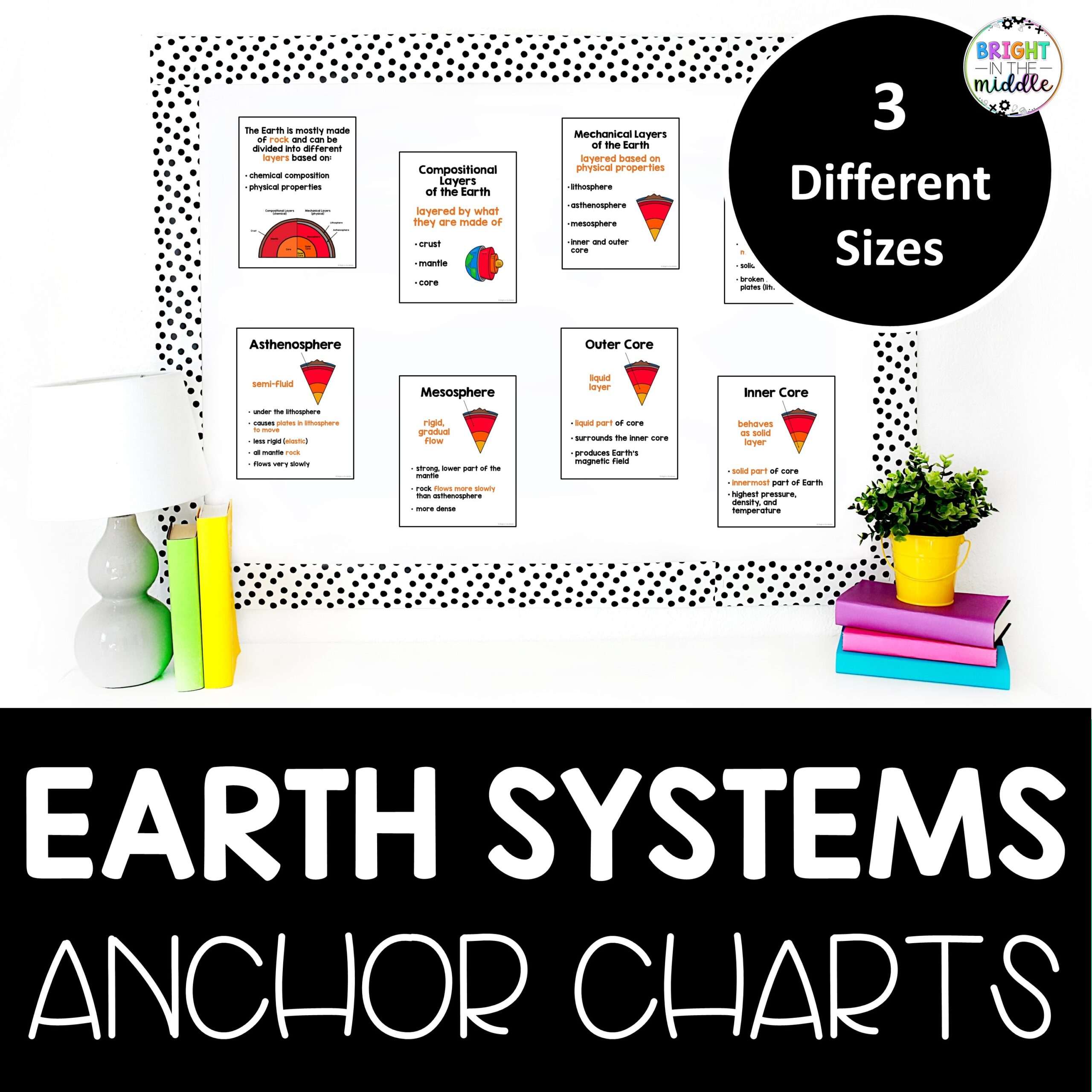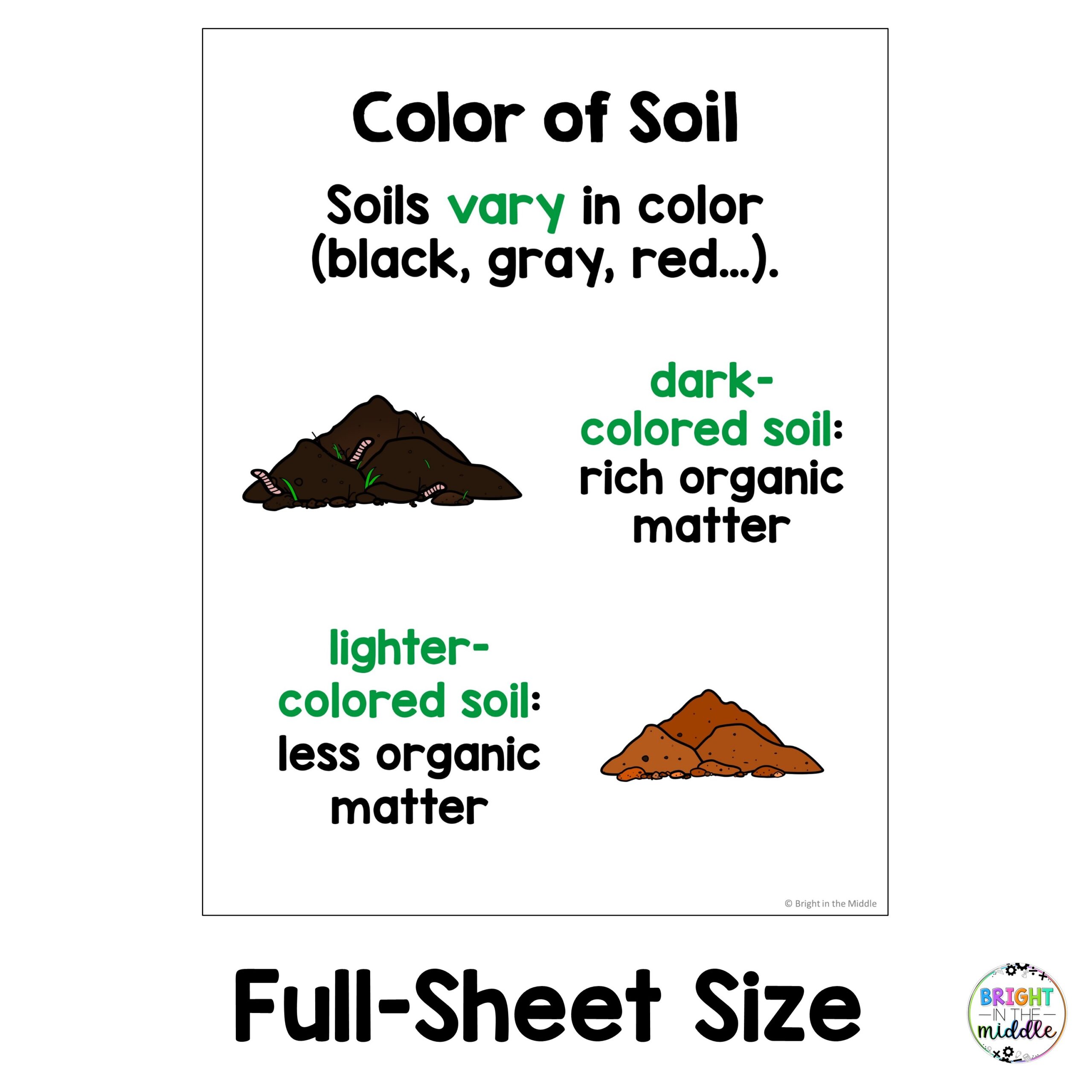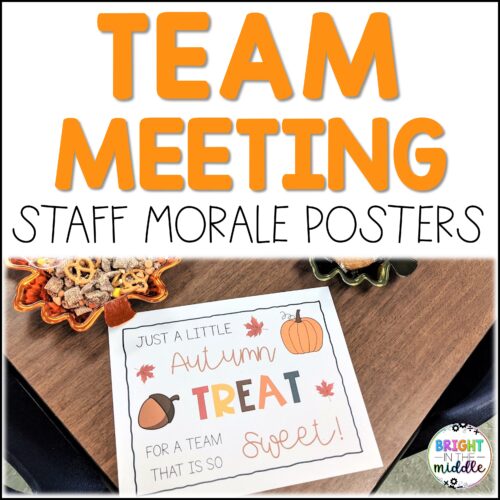Description
These Earth systems and interactions anchor charts are posters or papers that can help your students remember science concepts, specific steps, and so much more! Do you often find yourself having to repeat the little things that students need to know throughout the year? These anchor charts are a great tool to support instruction and help your students become independent learners.
They can be used to support independent work, bring lessons to life, introduce concepts, include in interactive notebooks, review, décor, differentiation, and SO much more! There is a lot of Earth systems information covered!
In this set, you will receive THREE different sizes!
- Frame Size
- Half-Sheet
- Full-Sheet
This set of science anchor charts was designed to accompany those adorable white frames from IKEA/Amazon, but they also work great for bulletin boards and interactive notebooks!
These anchor charts for Earth systems and interactions cover:
- Earth’s layers
- compositional layers: crust, mantle, core
- types of crust
- mechanical layers: lithosphere, asthenosphere, mesosphere, inner and outer core
- continental drift theory
- plate tectonics
- how plates move
- continental and oceanic plates
- convergent, transform, and divergent plates
- types of convergent and divergent boundaries
- seismic waves
- primary, secondary, and surface waves
- Ring of Fire
- seismograph
- volcano
- lava and magma
- active, dormant, and extinct volcanoes
- Volcanic Explosivity Index
- characteristics of minerals
- properties of minerals: color, streak, luster, cleavage and fracture, hardness, specific gravity
- Mohs Hardness Scale
- Uses of Minerals
- ores, gemstones, and silicates
- rocks: igneous, metamorphic, and sedimentary (includes types)
- The rock cycle
- crystallization, weathering, deposition, sedimentation, deformation, melting
- soil and components of soil
- factors that impact what type of soil forms
- soil horizons: A horizon, B horizon, C horizon, O horizon, and R horizon
- physical properties of soil: color, texture, water holding capability, structure
- sand, silt, clay
- human activities that can damage pedosphere
- vegetative cover, contour plowing, conservation tillage, nutrient balance, composting, agroforestry, stewardship









Reviews
There are no reviews yet.